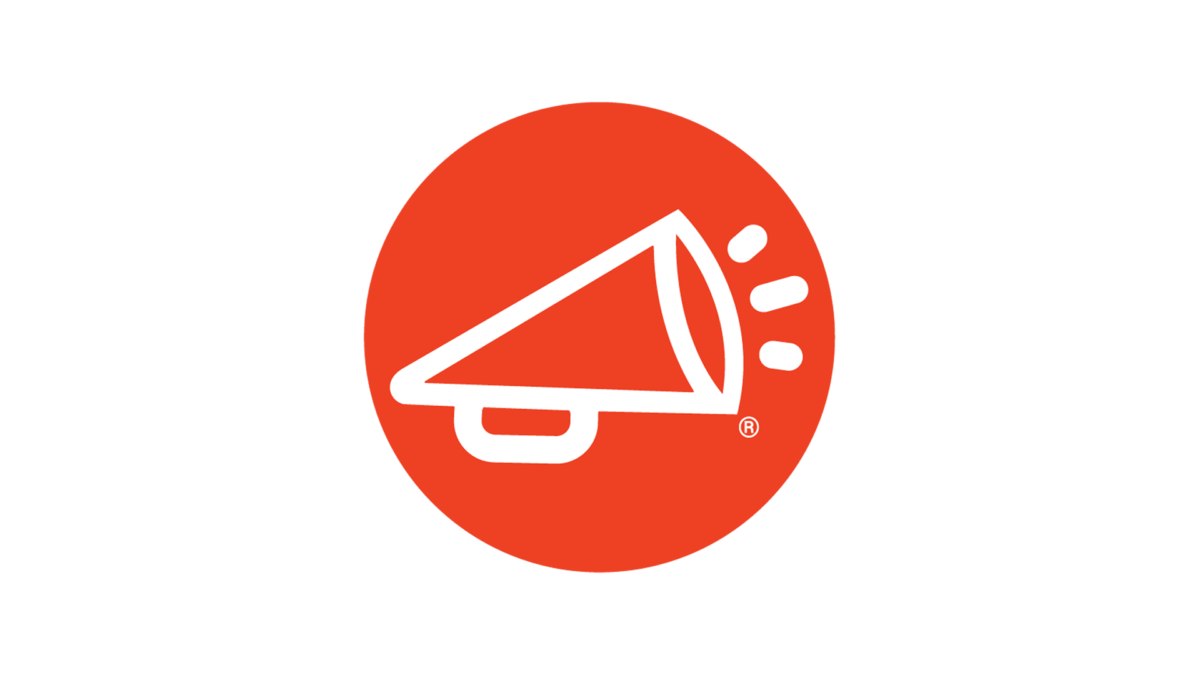We know that incentives work, says Dr. Uri Gneezy, both for customers and for employees. That just leaves one big question:
“We don’t always understand how they work,” he said. “It’s never just the incentive. It’s the message you send – who I am, what I am.”
Dr. Gneezy, a behavioral scientist at the University of California, San Diego, has conducted research for years to figure out the answers. After detailing his work in his new book, Mixed Signals: How Incentives Really Work, he shared his insights at the WorkProud Webinar, hosted by CEO Michael Levy, on May 12.
You can watch the entire webinar right below:
As situations change, Gneezy said, so do incentives. Case in point: hybrid cars. “In the early days of hybrid cars, you paid more for an inferior car, but it allowed you to send a signal that you cared about the environment,” Gneezy said. “When you entered the parking lot with a Prius, everyone knew you were driving a hybrid car. Everyone knew you were a good person.”
Now those cars are just as good and competitively priced, he said, so the incentive is more to signal ourselves than anyone else.
With Gneezy’s caveat that “not all incentives will work for everyone,” here are some factors he suggests that we consider:
Pay someone by the hour rather than by the piece, he said, “and they will give you higher quality, but they will give you lower quantity.” Nevertheless, he said, “Companies will incentivize quantity because it’s much easier to measure. It’s harder to measure quality, but many other things can suffer because of that.”
At least one industry found a solution.
“Ride-share companies addressed that by rewarding both number of rides and passenger ratings,” Gneezy said. “Now the Uber drivers not only care about getting as many rides as they can, but about getting bad ratings. These ride-share companies were very smart in adding an extra layer of incentives.”
It’s easy to say you think about success in the long term, Gneezy said, but that can mean sacrificing resources and results in the short term. Many incentives, however, are based on short-term results.
“We need to think about how to avoid this, and do the best thing for the company in the long run,” he said.
That can mean encouraging creativity and letting people take a chance to try something different and fail without consequences.
“In some cases we find something surprising and learn from it, and that’s not necessarily bad,” he said. “But if you punish failure, you’re punishing creativity and you shouldn’t do it.”
Most organizations, Gneezy said, tell us it’s important to work with your coworkers and care about the company as a whole. “And they are right,” he said. “But then they are going to incentivize individual success and promote the people who have success in a measurable way. That’s, of course, a contradiction. The workers will figure out they should work as a team, but they should try to push themselves.”
The challenge, he said, is to incentivize group achievement but also reward outstanding individuals.
“There has to be a balance,” Gneezy said.
Like many people, Gneezy is a blood donor, but not because he’s getting paid, or even because there’s probably juice and a cookie waiting at the end.
“It makes me feel very good about myself, and people will think I’m a good guy,” he said. “Now imagine if I got $50. It would change the meaning of what I did. I would definitely not brag to my friends.”
On the other hand, tossing in a coffee mug recognizing the donation adds another incentive that won’t bust the budget.
“You get a reminder (that you did something good),” he said. “And I don’t have to brag to people. I just put the mug and the table and they will figure it out.”
“Incentives tell a story,” Gneezy concluded. “Your incentives are going to tell a story, and you need to control the story.
“The holy grail is to find incentives that will make you feel better about yourself. Incentives are not just money. It makes me feel good about what I’m doing. The right incentives in the right place with the right message can actually boost satisfaction at work, that’s what you should try to do.”
Gneezy emphasized that recognition is a significant factor in any incentive program. His research shows that dovetails with the WorkProud approach, which incorporates recognition, communication and reward to build an inspired workplace culture.
WorkProud presents a monthly webinar, hosted by CEO Michael Levy and featuring experts on workplace issues from around the country. It’s always free, and there’s usually a great giveaway just for taking part. Watch for details about upcoming sessions in our monthly newsletter. If you don’t already subscribe, sign up here.
Switching To Non-monetary Rewards And Recognition
Reward and Recognition Programs: 3 types of Incentives that Work
The Impact of Customized Reward Programs
Rewards and Recognition Programs – KPIs to Measure and Their Meaning


WorkProud is committed to helping its clients create a unified approach to the employee experience by helping them build cultures of workplace pride. Trusted by millions of users at some of the world’s most recognized employer brands, WorkProud delivers a comprehensive approach to building company cultures that inspire people to be Proud of their Work and Proud of their Company.




Every month, we share news, knowledge, and insight into what we believe is a pretty simple proposition: If you are “proud of your work and proud of your company,” you are more engaged, more productive, and more likely to stay with your company for the long haul.
*By selecting “SIGN UP,” you agree to WorkProud’s Privacy Policy. You may unsubscribe from our newsletter at any time. Please note when unsubscribing: it may take up to 10 business days for your request to take effect.